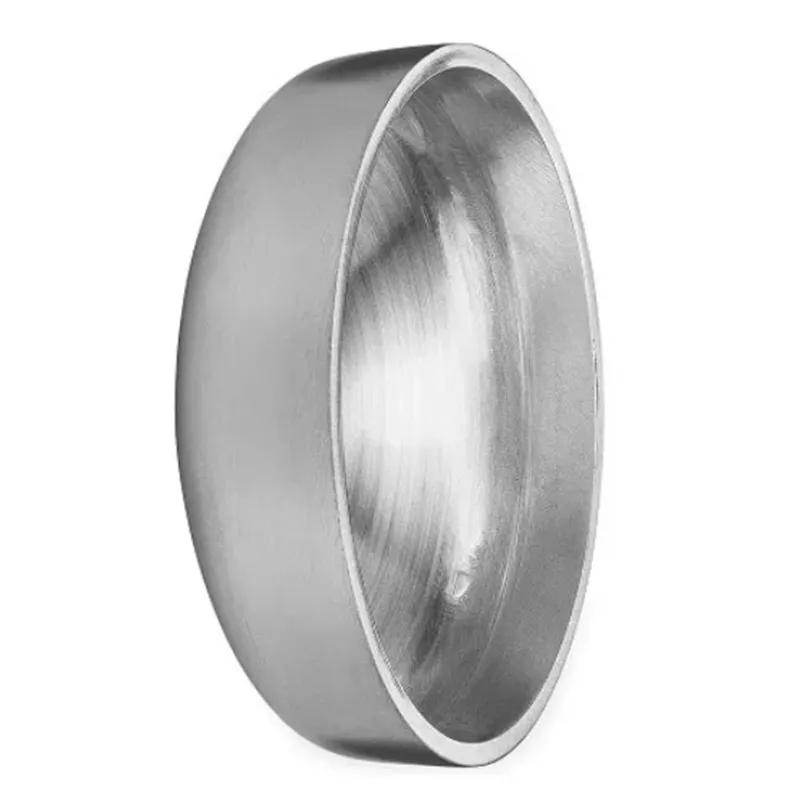-
Cangzhou Yulong Steel Co., Ltd.
-
Phone:
+86 13303177267 -
Email:
admin@ylsteelfittings.com
- English
- Arabic
- Italian
- Spanish
- Portuguese
- German
- kazakh
- Persian
- Greek
- French
- Russian
- Polish
- Thai
- Indonesian
- Vietnamese
- Zulu
- Korean
- Uzbek
- Hindi
- Serbian
- Malay
- Ukrainian
- Gujarati
- Haitian Creole
- hausa
- hawaiian
- Hebrew
- Miao
- Hungarian
- Icelandic
- igbo
- irish
- Japanese
- Javanese
- Kannada
- Khmer
- Rwandese
- Afrikaans
- Albanian
- Amharic
- Armenian
- Azerbaijani
- Basque
- Belarusian
- Bengali
- Bosnian
- Bulgarian
- Catalan
- Cebuano
- China
- China (Taiwan)
- Corsican
- Croatian
- Czech
- Danish
- Esperanto
- Estonian
- Finnish
- Frisian
- Galician
- Georgian
- Kurdish
- Kyrgyz
- Lao
- Latin
- Latvian
- Lithuanian
- Luxembourgish
- Macedonian
- Malgashi
- Malayalam
- Maltese
- Maori
- Marathi
- Mongolian
- Myanmar
- Nepali
- Norwegian
- Norwegian
- Occitan
- Pashto
- Dutch
- Punjabi
- Romanian
- Samoan
- Scottish Gaelic
- Sesotho
- Shona
- Sindhi
- Sinhala
- Slovak
- Slovenian
- Somali
- Sundanese
- Swahili
- Swedish
- Tagalog
- Tajik
- Tamil
- Tatar
- Telugu
- Turkish
- Turkmen
- Urdu
- Uighur
- Welsh
- Bantu
- Yiddish
- Yoruba

Dec . 11, 2024 10:41 Back to list
Mandrel Bending Techniques for Customized Piping Solutions in Industrial Applications
Understanding Mandrel Bent Piping Benefits, Applications, and Techniques
Mandrel bent piping plays a crucial role in a variety of industrial applications, from automotive to manufacturing processes. This technique allows for the creation of smooth, seamless bends in piping without compromising the integrity or internal diameter of the pipe. The process of mandrel bending involves using a flexible tool, known as a mandrel, that supports the pipe during the bending process. This article delves into the benefits, applications, and techniques associated with mandrel bent piping.
Benefits of Mandrel Bent Piping
One of the primary advantages of mandrel bent piping is the preservation of flow characteristics. Standard bending methods often cause deformation of the pipe's internal diameter, leading to turbulence and reduced flow efficiency. However, mandrel bending maintains a consistent internal diameter, ensuring optimal flow dynamics. This is particularly important in industries where fluid transport is critical, such as in oil and gas pipelines, chemical processing, and water supply systems.
Additionally, mandrel bent piping offers superior aesthetics
. The smooth, uniform bends enhance the visual appeal of installations, making it a popular choice for architectural applications, exhaust systems, and custom fabrication projects. The bends can be made at virtually any angle, allowing for greater design flexibility.The structural integrity of mandrel bent pipes is also significantly enhanced as the method reduces the risk of stress concentrations that may lead to failures. This robustness makes mandrel bent piping a reliable solution for high-pressure and high-temperature systems, ensuring longevity and safety in demanding environments.
Applications of Mandrel Bent Piping
Mandrel bent piping is employed across a wide range of industries. In the automotive sector, it is commonly used for exhaust systems, where the bends must facilitate efficient gas flow while fitting tightly within the vehicle's frame. Custom car builders and manufacturers often prefer mandrel bent tubes for their performance and aesthetic qualities.
mandrel bent piping

In construction and architecture, mandrel bent piping is utilized in handrails, furniture, and structural supports. The sleek appearance of the pipes can enhance the overall design of a space, making it both functional and visually appealing.
Furthermore, mandrel bending is essential in manufacturing processes where precision is required. Industries involved in HVAC systems, for instance, rely on mandrel bent pipes for ductwork, as the unimpeded airflow maximizes efficiency and comfort in heating and cooling applications.
Techniques of Mandrel Bending
The mandrel bending process consists of several key techniques that ensure high-quality results. The most common method involves placing the pipe over a heated mandrel, which retains its shape during the bending process. The pipe is then bent around a die that determines the bend's radius. This technique allows for consistent and repeatable bends while minimizing the risk of cracks or kinks.
Different materials, including stainless steel, aluminum, and carbon steel, can be used for mandrel bending, each selected based on the specific application requirements. The choice of material impacts the bending technique, tooling, and expected performance of the final product.
Computer numerical control (CNC) technology has also revolutionized the mandrel bending process. This technology enables precise control over bend angles and orientations, allowing for complex geometries to be fabricated with ease. CNC mandrel bending machines can handle various pipe sizes and materials, providing manufacturers with the flexibility to meet diverse project demands.
Conclusion
Mandrel bent piping is an essential component in numerous industries, providing benefits in terms of flow efficiency, aesthetic appeal, and structural integrity. Its applications range from automotive exhaust systems to architectural designs, underscoring its versatility. As technology continues to advance, the techniques employed in mandrel bending will evolve, offering even greater precision and efficiency. Understanding the importance and applications of mandrel bent piping will aid businesses in selecting the appropriate solutions for their projects, ensuring both performance and visual satisfaction.
Latest news
-
ANSI 150P SS304 SO FLANGE
NewsFeb.14,2025
-
ASTM A333GR6 STEEL PIPE
NewsJan.20,2025
-
ANSI B16.5 WELDING NECK FLANGE
NewsJan.15,2026
-
ANSI B16.5 SLIP-ON FLANGE
NewsApr.19,2024
-
SABS 1123 FLANGE
NewsJan.15,2025
-
DIN86044 PLATE FLANGE
NewsApr.19,2024
-
DIN2527 BLIND FLANGE
NewsApr.12,2024
-
JIS B2311 Butt-Welding Fittings LR/SR 45°/90° /180°Seamless/Weld
NewsApr.23,2024











